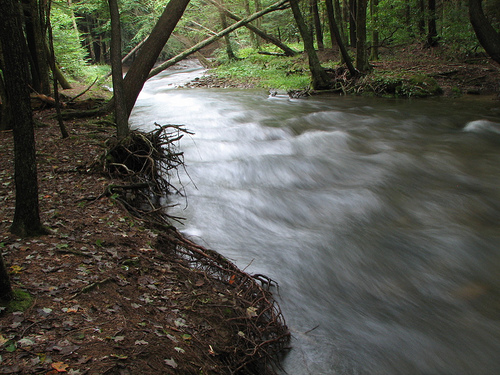Published on
Technology Literacy Should Be a Consideration in Any Adult Education Program

For years now, the pace of change itself has been changing. It has been accelerating.
This is especially true from a technological standpoint, whereby a variety of technologies continue to enable lightning-fast, information exchanges on a global scale. A person in Germany thinks of an innovative idea and puts it on their blog, which is picked up seconds later by someone else’s feed aggregator in the UK, which is then fodder for their new tweet, which is then picked up by a person in the United States, who happens to be working on project whereby that line of thinking is extremely helpful (and timely)… so this new idea which originated ½ way around the world is now integrated into their own line of thinking.
Due to this ease and pace of sharing information, streams of content are constantly flowing by—and adult learners need to know how to tap into these streams. As of mid-2012, several of the key ways to tap into these streams of content include the use of:
RSS feeds Understand RSS feeds; obtain a feed aggregator such as Google Reader; subscribe to the relevant blogs and websites in one’s discipline; create your own blog, using WordPress for example; post your own relevant items on it, while not forgetting to point people towards your own RSS feed!
Twitter Get an account; identify knowledgeable people; follow them on twitter; post your own items on Twitter.
See if there are some Yammer-based communities of practice in your enterprise or in your desired discipline (there are other social networking/learning applications as well)
LinkedIn Join groups that line up with your industry, your profession and your professional aspirations, engage in discussions on best practice and use your groups and connections as a network of colleagues.
Facebook “Like” institutions or organizations that are relevant to your area of interest and reach out to individuals within your field.
Community bookmarking tools such as Delicious or Diigo. Organize various bookmarks, notes, screenshots and other content through online information management systems that can be accessed through any device.
Ways to discover content on the web such as StumbleUpon or Digg
The point is, no matter what the desired adult education program is about, that program needs to teach people how to get in—and stay in—the know. We all need to know how to be lifelong learners, which means being able to identify and tap into the relevant streams of content that are constantly flowing by us.
Author Perspective: Educator



